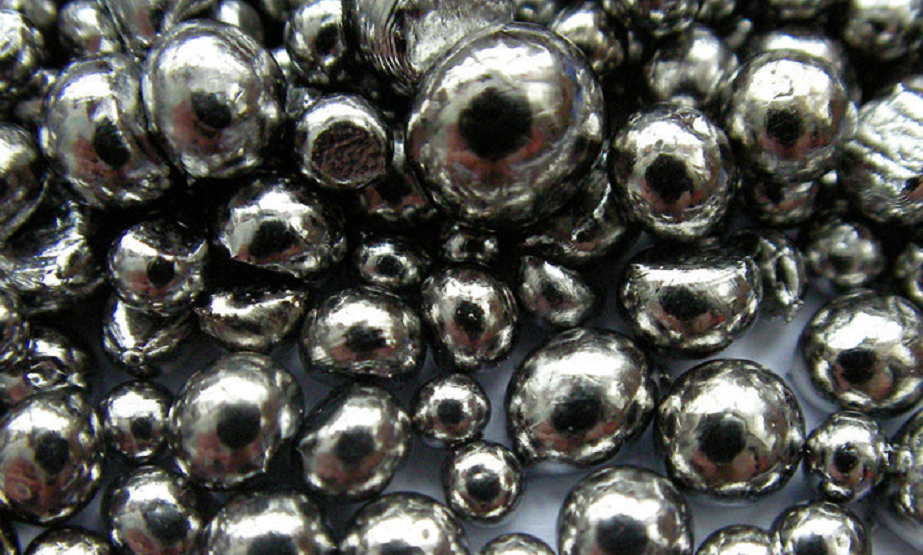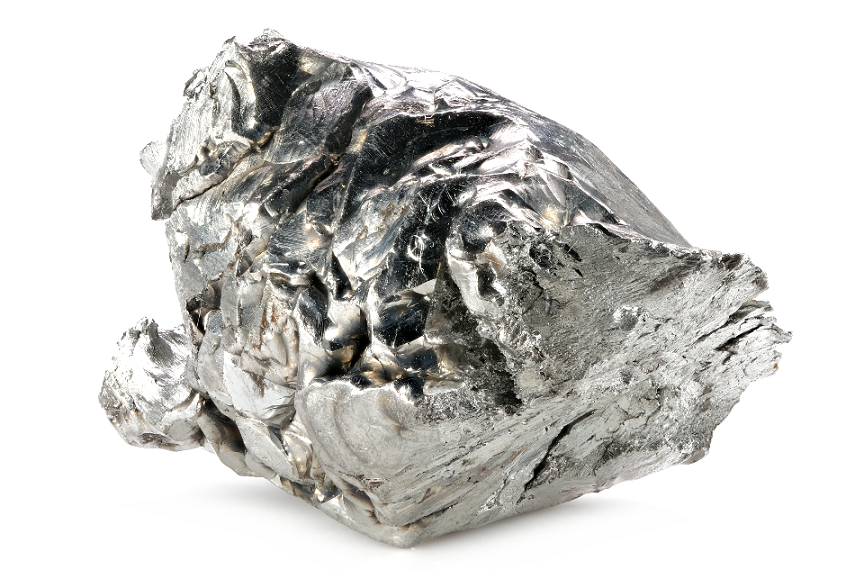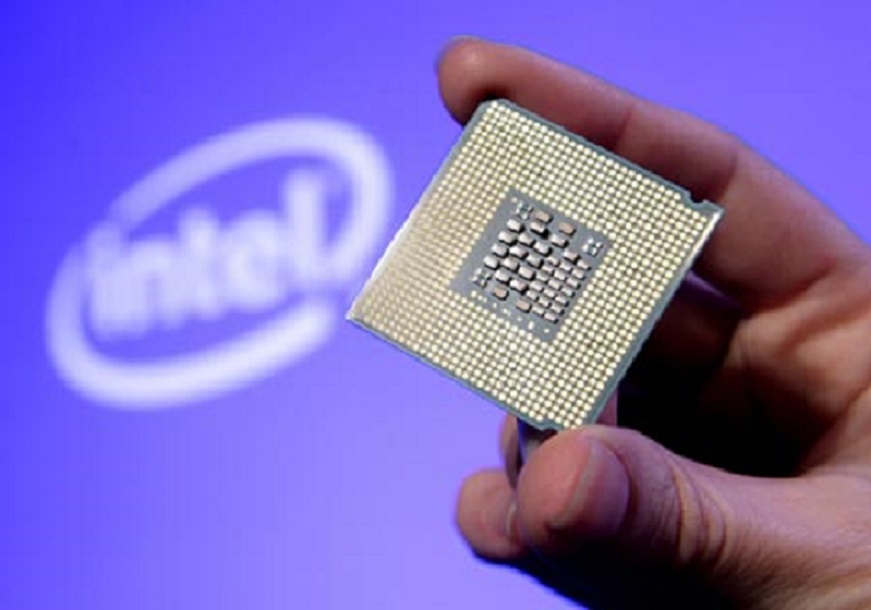7 Interesting Facts about Hafnium

7 Interesting Facts about Hafnium
The element symbol of hafnium is Hf; the atomic number of hafnium is 72; the atomic weight of hafnium is 178.49; hafnium belongs to group IVB in the periodic table. And hafnium is a lustrous silver-gray transition metal with a density of 13.31g / cm³ (20 ° C), a melting point of 2233 ° C (2506 K, 4051 ° F), and a boiling point of 4603 ° C (4876 K, 8317 ° F). Beyond the basics above, what else should we know about hafnium? Check out the 7 interesting facts about hafnium below!

Facts about Hafnium
Interesting Facts about Hafnium - 1. The Discovery of Hafnium
In 1923, the Hungarian chemist George Charles de Hevesy and the Danish physicist Coster performed X-ray spectroscopic analysis on a variety of zirconium-bearing ores and found hafnium.
In order to commemorate the discovery of the element-the capital of Denmark, Copenhagen, they named it hafnium (from Copenhagen's Latin name, Hafnia), and the element symbol was Hf. Later, Hevesy obtained a few milligrams of pure hafnium.
Interesting Facts about Hafnium - 2. The Properties of Hafnium
Hafnium can react with air to form an oxide film protective layer. When the temperature is 500 ~ 750 ℃, the oxide film will lose its protective effect, and when heated, it will combine with oxygen, nitrogen, and other gases to form oxides and nitrides. When the temperature exceeds 800 ℃, hafnium will quickly oxidize to form HfO2.
Hafnium has good corrosion resistance, does not react with dilute hydrochloric acid, dilute sulfuric acid, and strong alkaline solutions, but is soluble in hydrofluoric acid and aqua regia.
Interesting Facts about Hafnium - 3. Common Hafnium Compounds
The common hafnium compound is hafnium dioxide (HfO2). Other common hafnium compounds are hafnium tetrachloride, hafnium hydroxide, hafnium carbide, and hafnium boride.
Among them, hafnium dioxide and hafnium tetrachloride are raw materials for preparing metal hafnium. Hafnium hydroxide is used to prepare other hafnium compounds.
Interesting Facts about Hafnium - 4. The Applications of Hafnium
The main application of hafnium is to make control rods for nuclear reactors.
Pure hafnium has plasticity, easy processing, high-temperature resistance, and corrosion resistance, and is an important material in the atomic energy industry.
Hafnium has a large thermal neutron capture cross-section and is an ideal neutron absorber. It can be used as a control rod and protection device for atomic reactors to slow down the rate of the nuclear chain reaction.
Hafnium powder can be used as a rocket propeller, and hafnium wire can be used in the electrical industry to manufacture cathodes for X-ray tubes.
The hafnium alloy can be used as a rocket nozzle and a front protective layer for the gliding aircraft returning to the atmosphere. Hf-Ta (hafnium, tantalum) alloy can be used to make tool steel and resistance materials.
Hafnium can be used as a getter for many inflation systems. The hafnium getter can remove unnecessary gases such as oxygen and nitrogen present in the system.

Facts about Hafnium
Hafnium can also be used in the latest Intel45 nano processor.
Interesting Facts about Hafnium - 5. The Distribution and Production of Hafnium
According to data released by the United States Geological Survey in 2009, the total amount of hafnium resources in the world is estimated to exceed 1 million tons, and countries with abundant reserves of hafnium resources include Australia, South Africa, the United States, Brazil, and India.
According to data released by the Minor Metals Trade Assn (MMTA), the main hafnium-producing countries in the world are France, the United States, Russia, and Ukraine. In 2012, France (30 tons) and the United States (30 tons) produced about 94% of global hafnium production.
Interesting Facts about Hafnium - 6. The Storage of Hafnium
Hafnium should be stored in a cool, ventilated warehouse. Hafnium should be kept away from fire and heat sources. It should be stored separately from oxidants, acids, halogens, etc., and avoid mixed storage.
The warehouse should be equipped with explosion-proof lighting and ventilation facilities. The use of mechanical equipment and tools that easily generate sparks is prohibited in the warehouse. The storage area should be equipped with suitable materials to contain the leakage.
Interesting Facts about Hafnium - 7. The Influence of Hafnium on Health
Some compounds of hafnium are toxic and can have an adverse effect on human health. Therefore, when we contact the hafnium compound, we should first understand whether the compound is toxic and whether we need to take protective measures when contacting it, such as wearing a mask and gloves.
In addition, the hafnium compound production site should have good ventilation facilities, regularly remove dust, reduce the concentration of hafnium compound dust in the air, and avoid irritation to the skin, eyes, and mucous membranes due to contact or inhalation.
Conclusion
Thank you for reading our article and we hope it can be helpful to you. If you want to know more about the facts about hafnium, you can visit Advanced Refractory Metals (ARM) for more information.
Headquartered in Lake Forest, California, ARM is a leading manufacturer and supplier of refractory metal products. We offer our customers high-quality refractory metal products at a very competitive price.
{{item.content}}
LEVE A REPLY
{{item.children[0].content}}
{{item.content}}






